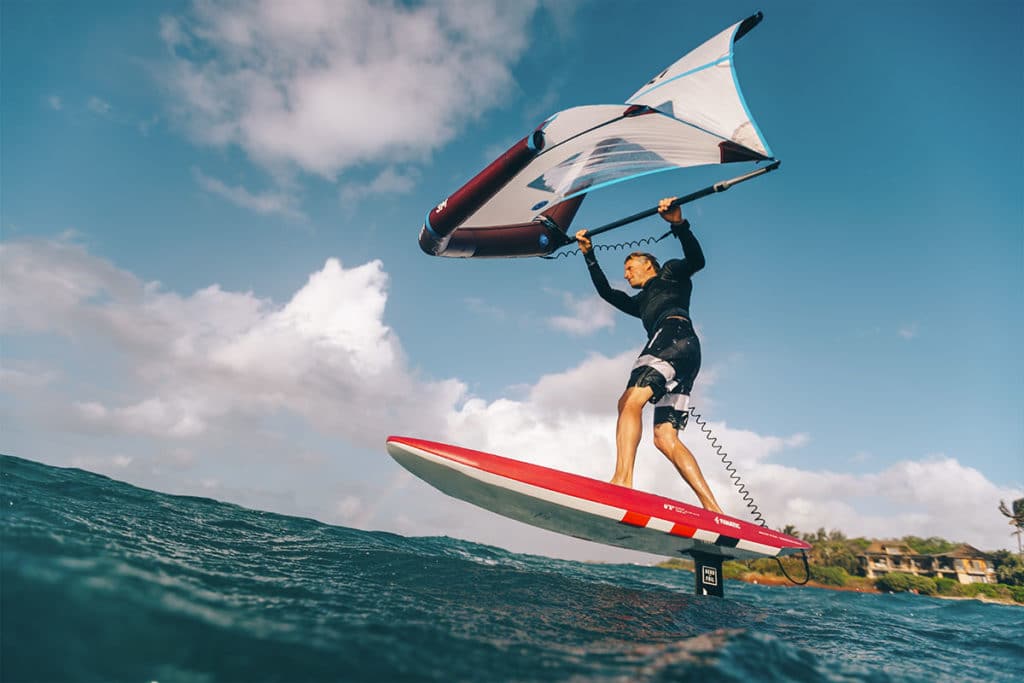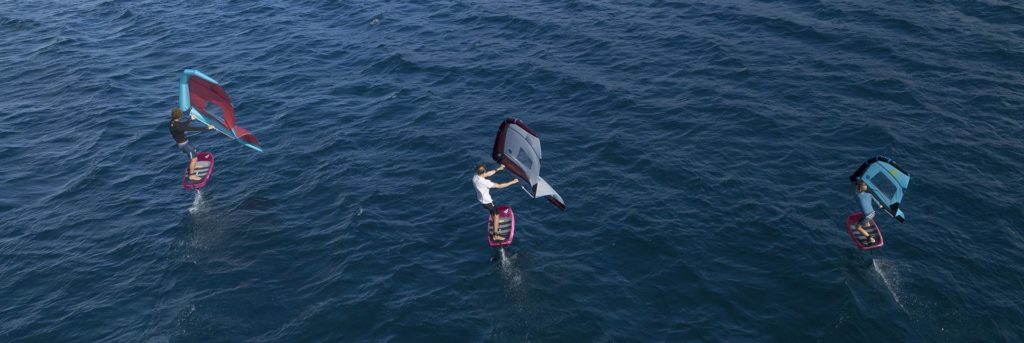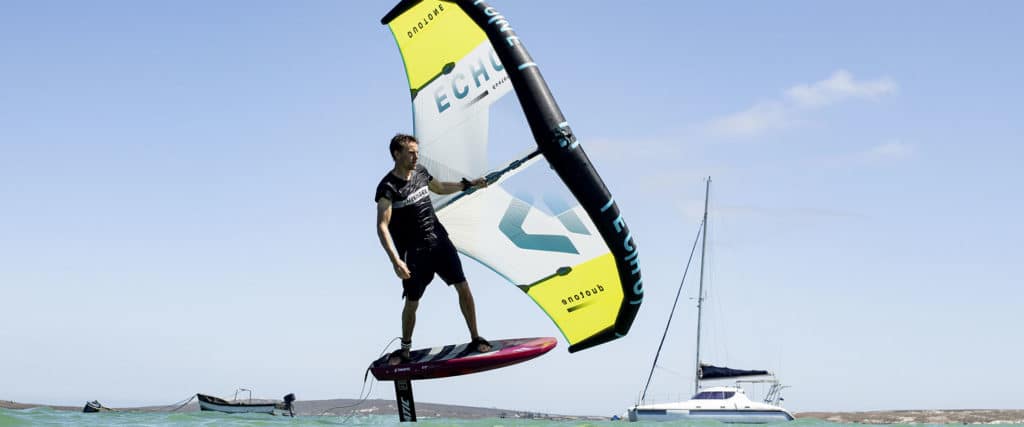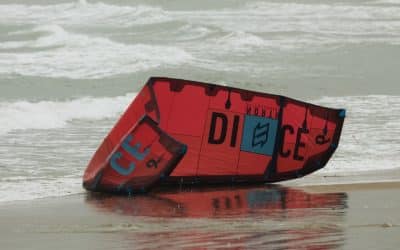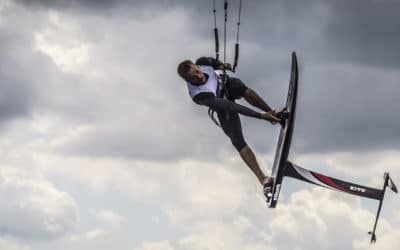Our opinion on the wing foil – we love it!
If you like kitesurfing and board sports and regularly look for information on the internet, you have undoubtedly already read an article on wing foil. This new practice, derived from kitesurfing, is becoming increasingly popular with enthusiasts. But what is it exactly?
What is wing foil?
Before even comparing the two practices, it is important to know what we are talking about.
The origins of wing foil go back more than 40 years. It is in Brittany and in parallel in Sweden that the project is taking shape. On the sea side, little progress has been made. On the other hand, on the snow side, the board is working miracles and more and more boarders are having fun on the snowy slopes with a small board and a sail.
Water sports enthusiasts have seen these exploits and have been jealous. So the search began for a board that could be used on the water, and why not, above it.
Over time, kitesurfing boards were improved. But these machines were still difficult to handle. We wanted to simplify the manoeuvres and the wing foil was born.
We then added a larger foil that allows you to surf above the water. We removed a lot of the lines to simplify the use. The inflatable wing is held directly in the hands.
Getting started with wing foil
The easiest way to find out if this new practice is interesting is of course to try it, so don’t hesitate to take a wingfoil lessons with the KGG school in Hyères.
First of all, the choice of equipment remains important, and everyone can easily find the ideal model to start with according to their morphology and desires.
To start, no assistance is needed to develop the wing in its flight window. Here, you just have to start your adventure on your knees and then stand up once you have stabilised. You can easily find your bearings on the board to place your feet well thanks to the different straps inserts and the bump positioned in the centre of the board.
Then you have to put the kite in play. This is where the only real difficulty of the practice comes in. Without a wing, there is no acceleration. The principle requires a bit of thinking. Just like with windsurfing, you have to play smart with the wind and position your kite in such a way that you have good grip and acceleration. You can position the kite over your head or facing you, depending on the conditions.
Once the board is well underway, it is time to take off. This is where you will ask your body to move a little more. You have to pump with your legs and use your sail under the board to lift yourself up.
Once in the air, the board steers like a SUP foil or kitefoil. The control is made according to the support on the board. The sail is positioned as you wish to move forward according to your desires.
Kitesurfing or wing foil, which one is better?
To practice wing foil, you don’t need to put on a harness. The body is therefore less stressed.
In terms of performance, speed lovers will definitely prefer kitesurfing. The wing foil is a perfect tool if you simply want to have fun.
The feeling of freedom that you get with the wing is indeed more important. There are no strings holding you back! You can turn to one side or the other without hindrance.
On the water, the wing is very comfortable to use. The wing is super light and can be put at half mast for a few moments without any risk. You just have to straighten your arms and you can use it again. This is very useful if you are dealing with a large swell to generate enough speed.
The wing foil also has a major advantage over the kite: you can take off from any beach. The only requirement is that the water is deep enough to receive the foil.
So is wing foil good?
We say yes! It is a simpler practice and accessible to all. You feel free on the board and you can wing anywhere.
This practice is ideal to have a high end sensation. However, the wing foil will not give great satisfaction to speed freaks or to all those who want an acrobatic launch.
As for safety, the wing has no ropes, so you can’t hang on or be catapulted. In case of difficulty, you can lie down on your board and row back to the beach.
The practice has been validated by the French Federation of Free Flight which recommends that schools teach it.
Search
Catégories
Recent Posts
Suivez-nous !
